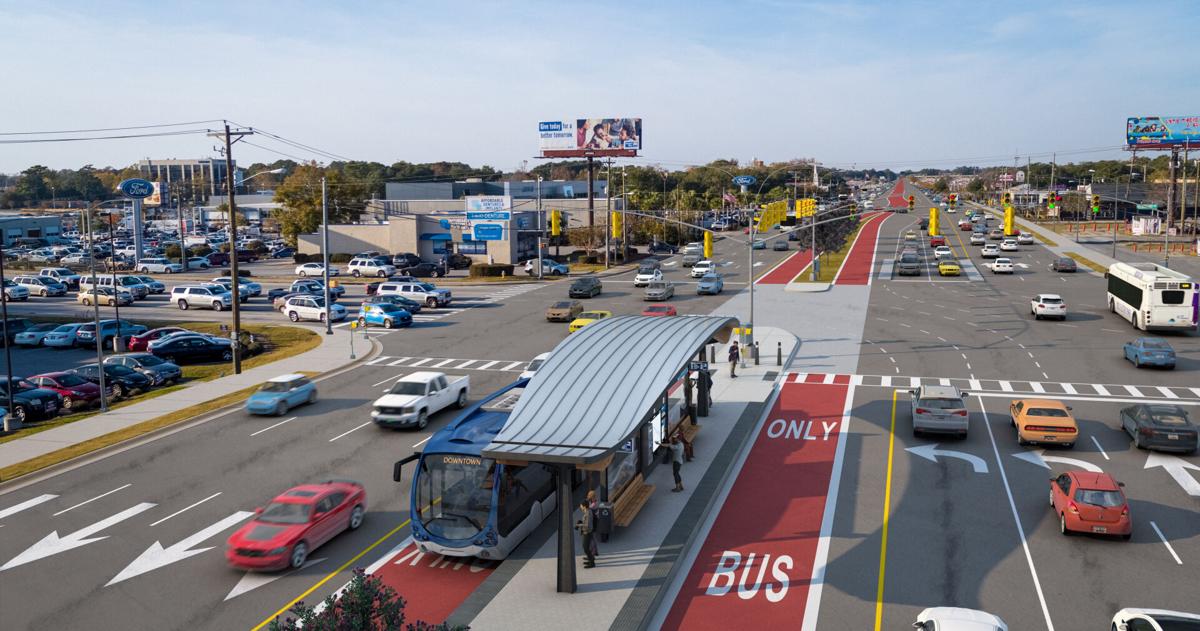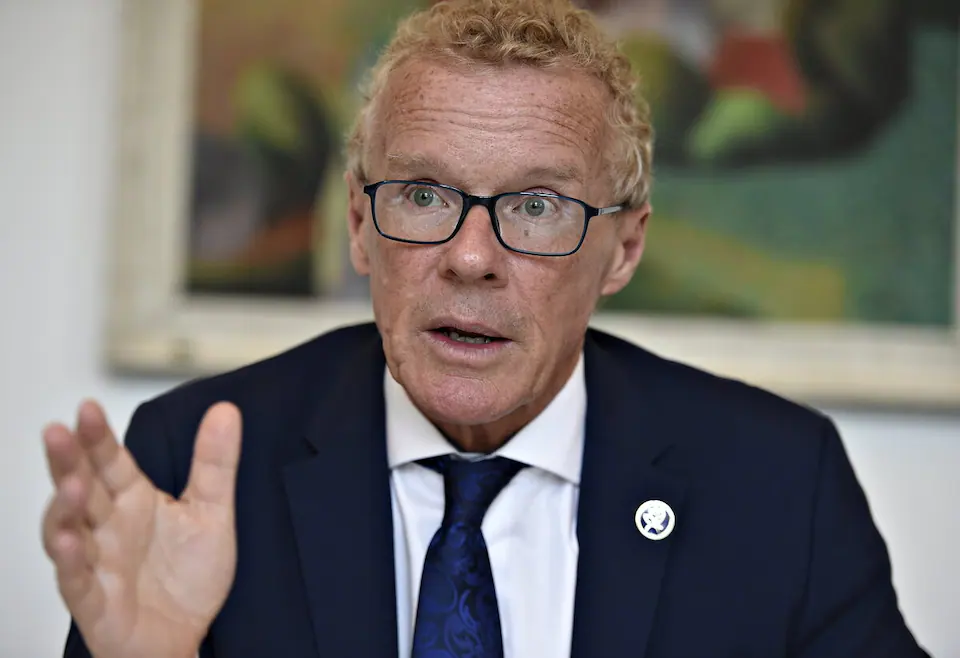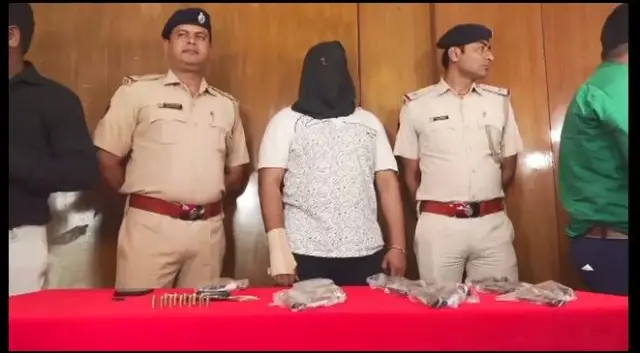Copyright postandcourier

A few decades ago, a few local governments across the heart of the Charleston region drew a line beyond which all of them agreed to limit new development. And in the years since, this line, known as the urban growth boundary, has helped preserve the more rural parts of Charleston County from zoning changes and new infrastructure investments that would have paved the way for more sprawl. But while the boundary has succeeded in keeping the rural areas rural, it's been more of a muddle on the other side of the line. That's why we urge the cities of Charleston and North Charleston in particular — and counties and other municipalities, where appropriate — to draw a new kind of line: Call it an urban-suburban line, one that would make it clear where we want to channel more growth, development and density and, equally importantly, where we do not. If our region is going to grow in the way most of us want it to — in a connected, attractive manner along existing roads rather than into our cultural sites and natural landscapes — we must accept increased density. But that doesn't mean increased density on the rural side of the growth boundary or maximum density just over the boundary on the urban side. We need it in areas that are suitable for it because they have higher ground, existing roads and planned improvements, such as the Lowcountry Rapid Transit bus line in development between Ladson and downtown Charleston. Deciding where we should grow regionally was a central theme of this year's Reality Check 2.0 exercise involving more than 150 local leaders, and their report can serve as a helpful starting place for city and county councils looking to draw a new urban-suburban line. Charleston Mayor William Cogswell tells us he likes the idea and imagines other mayors and county leaders would as well. Admittedly, not all of them are revising comprehensive plans at this moment, so in the short term, it is more important for our leaders to embrace the concept of an urban core, suburban buffer and rural protected areas than to immediately incorporate it in their comprehensive plans and zoning regulations. The exercise is related to what Charleston County planners are doing in trying to figure out how to consider infrastructure when they review requested zoning changes.



